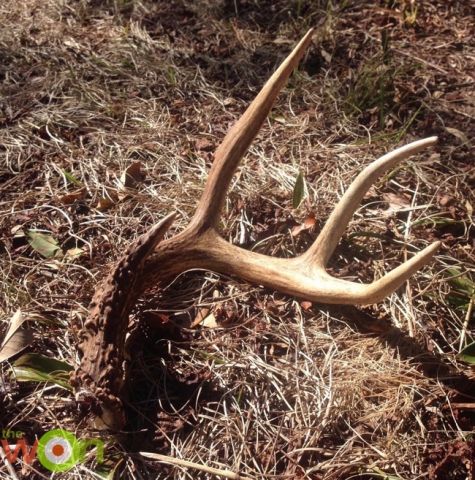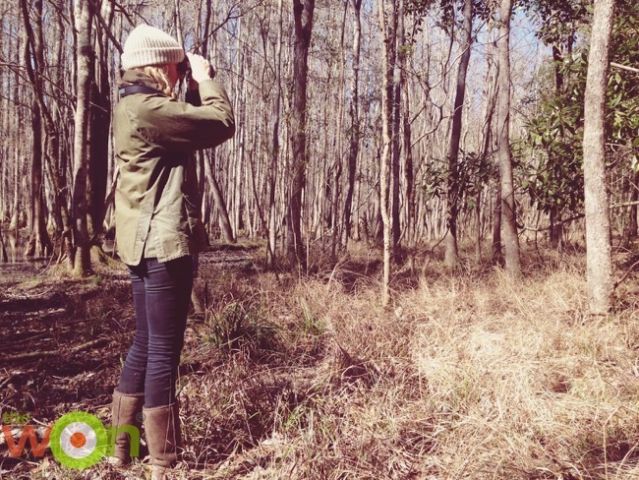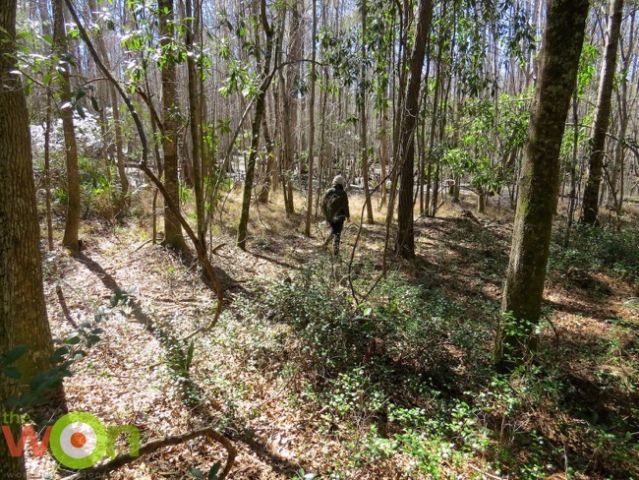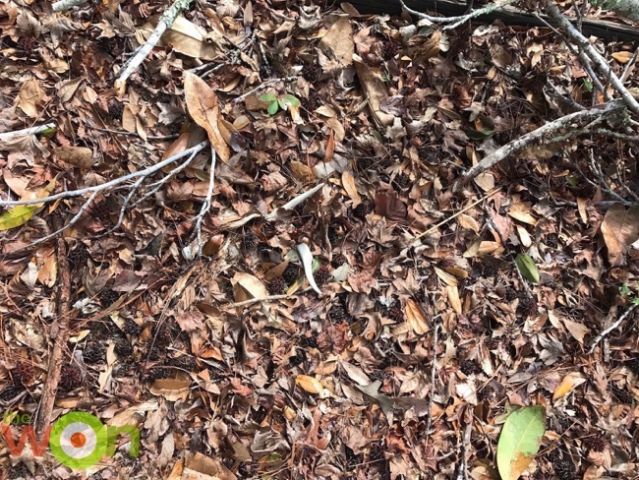There is a period of great anticipation that comes shortly after deer season ends. As we temporarily put away our rifles and bows, many of us gear up for another great hunting adventure in the search for that elusive “brown gold.” Whether you’re in elk country or whitetail land, bulls and bucks will be dropping their horns for the next few weeks. We just have to find them. It’s shed hunting season!
Hunting for sheds is great fun, but has plenty of practical value as well. While there’s certainly a special feeling that comes with finding a dropped antler in the vast wild, it’s also exciting to know for sure that a buck you’ve been tracking eluded your neighboring hunters as well. Being able to monitor which bucks stayed on your property and made it through the season can aid your efforts come fall.

So, when do those antlers start to drop? Depending on where you live, you may see “topless” bucks as early as December, or you may not have any luck until late February or March. An excellent way to keep an eye on your herd is trail cameras. Remember all those tips for getting the most out of trail cams? The same logic applies year-round. I leave mine in the woods and on field edges where I know there’s buck activity, and check them every week or so starting in early January. Again, the timing is different from place to place: Since I’m in coastal South Carolina, I rarely see bucks without their antlers until at least February. In fact, after checking my cameras last weekend, I’ve only spotted one small buck with bare burrs.

I’m pretty sure he’s one of my spikes—and by the look of this photo, he hasn’t been without his little antlers too long!
Timing can be tricky when it comes to scouring the woods for sheds. If you go in too early, before the antlers have dropped, you run the risk of busting bucks onto your neighbor’s property. Deer are wary creatures, especially mature bucks, so that spooked stag might not be back for a while, and he’ll probably leave his antlers for your neighbor to find instead. On the other hand, waiting too late can be just as unfortunate. Antlers contain great nutrients, such as calcium and protein, that small forest dwellers can’t seem to get enough of. From mice and squirrels to foxes and rabbits, those tiny teeth will make quick work of a shed. Even deer and coyotes will snack on their finds. I’ve found more than a few sheds covered in bite marks.

Hey—whatever it takes to get those vitamins!
Now that you’ve monitored the deer and are ready to hunt sheds, all you need is your gear list and a good idea of where to go.
First, make sure you’re wearing shoes and clothing you’ll be super comfortable in. You don’t necessarily need camouflage, but I wouldn’t wear a bright yellow parka—if you’re stealthy, you may just see some wildlife. Shed hunting takes time, patience, and distance, and you’ll likely be out there for a few hours before you find anything (if you have any luck at all).

I like to wear a step counter while I’m out searching, just to see exactly how far I’ve gone. Clearly, I could spend all day shed hunting!
I always try to bring a backpack with me, both to carry the rest of my gear and to hold any goodies I might find. You never know what, or who, you might stumble across in the woods.

From an old alligator skull to an algae-covered turtle making his way through the swamp, I’ve found countless “treasures” in the woods.
Personally, the most important thing I bring along for shed hunting is binoculars. That might sound odd when you’re searching for something on the ground in front of you, but binoculars can save you a lot of time and effort. You’d be astonished at the number of antler-looking branches and twigs littering the forest floor. If you take the time to walk over and check every single one, you’ll be hard-pressed to clear more than a few hundred yards in a day.

I also always bring my phone with me. Not because I plan on calling someone every time I find a shed, of course, but it will come in handy more than you might think. Stumble across a new rub line or bedding area, and you can use the GPS feature to mark the location. I’ve set up stands for the next season based on what I’ve found while shed hunting, and had success in seeing deer in those new spots. Since you’ll likely be in the woods for a while, it’s a smart idea to bring water and a snack. You’ve got to stay hydrated.

Speaking of staying hydrated, deer tend to be bed-to-feed this time of year, moving from bedding areas to water and food sources and back with little variance. They need to conserve energy thanks to the cold and depleted food sources, and they remain creatures of habit. Water sources can be a great spot to look for sheds, particularly if deer might need to jump a creek bottom to get across. That impact could be just enough to shake an antler off upon landing. Food plots and field edges are another great place to look. If deer are spending a generous amount of time feeding in a particular plot, the probability of dropping a shed there increases. A few years ago, I found a pair of sheds just a few yards apart in a field that almost always has deer in it.

Game trails and trailheads can be fruitful sites as well. All it takes is a quick bump or slight snag on a small branch to knock and antler loose as a buck heads back down the trail.

One mistake people often make (myself included), is focusing on the ground too far out in front of you. Sheds blend in incredibly well, and sometimes you’ve got to be right on top of one to spot it. Last year, I felt my boot come untied in some brambles; when I looked down to check it, I saw a shed antler about 2 feet away from me that I’d nearly passed by.

Lastly, if possible, try to shed hunt on a cloudy day. I know, being outdoors in the bright sunshine is one of the best feelings in the world. But trust me: When the sun is casting its bright rays down on every root and branch and dead stick, it can be hard to train your eyes to tell them apart. In the photo above, notice how the antler and the branch to the left of it are almost the exact same color in the sun. The same scene would look completely different on a cloudy day.
Now, call your buddies and head out into the wilderness in search of those hidden gems. And don’t forget about your 4-legged friends, either. Shed-dog training is becoming more and more popular, and your dogs will love their time in the great outdoors as much as you do.
Hollis Lumpkin writes that she is a "simple girl living in the Lowcountry of South Carolina, but I happen to have a great love for the outdoors, particularly hunting and fishing." She is a duck-hunting freak. Hollis pens an exclusive version of "The Bright Side of the Road," for The WON. View all posts by Hollis Lumpkin